The Hidden Product: What We Really Buy
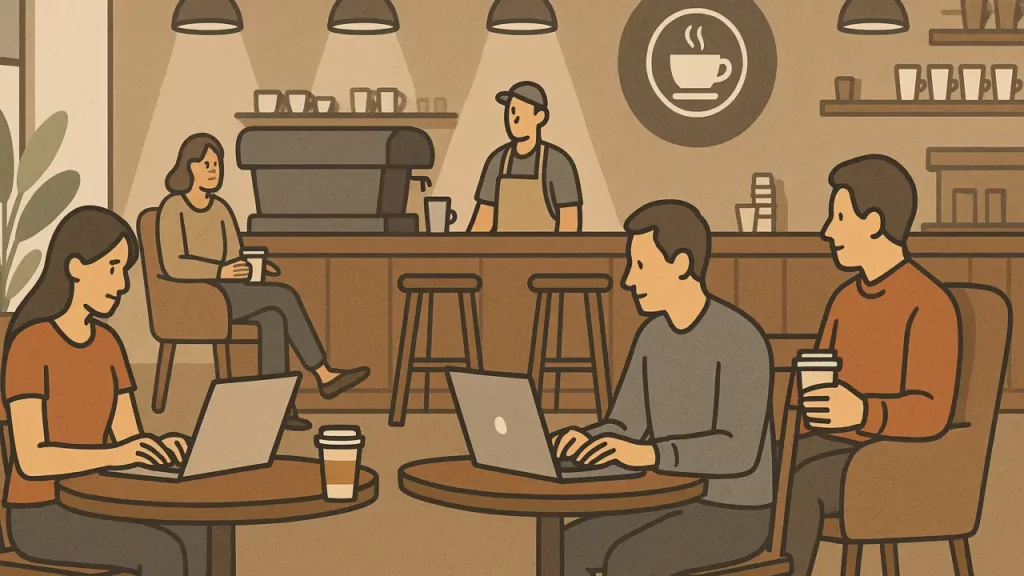
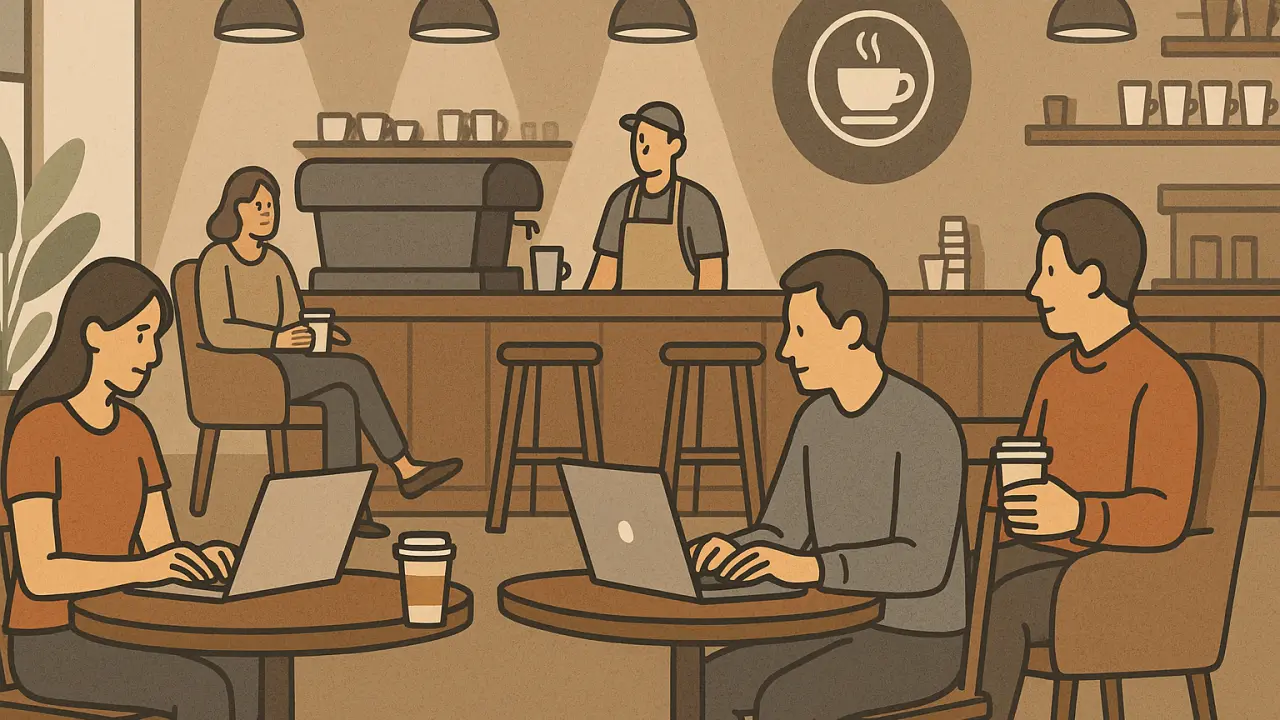
A friend who’s part of an executive education program at a very prestigious global school would often complain about the faculty: the lessons were pedantic, the theories outdated, the teaching style more suited to undergrads than seasoned professionals. He told me many of his classmates felt the same.
And yet, nobody complained. Not one LinkedIn rant. Not even a politely worded feedback note.
Why?
Because, as my friend put it: “If I say the program was bad, I’m saying my certificate is worthless. And I paid a lot for that certificate.”
He wasn’t buying education. He was buying a brand halo, access to a powerful alumni network, the signal of credibility, and the shine of the institution’s reputation. If the teaching wasn’t great, so be it. That wasn’t the product.
That story made me think of other products we consume where the real value is hidden behind the obvious one. Starbucks coffee, for instance. Many of us go there to sit, meet, or work. The coffee is just an entry ticket. The hidden product is space and social permission.
Look closely and most hidden products fall into three big themes.
1. Signaling & Identity
We’re not buying the product. We’re buying what it says about us.
- Executive education certificates = “I belong to this elite club.”
- Luxury watches = “I have taste (and money).”
- Gym memberships = “I’m the kind of person who cares about fitness.”
The hidden product here is status and identity. Brands that thrive in this category know how to keep the symbol strong. Starbucks prints its logo on every cup because they know you’ll happily carry it around as a badge.
2. Financial Hedging
Sometimes consumption is really investment.
- Gold jewellery at weddings = portable savings accounts
- Real estate in prime locations = wealth preservation and appreciation
- Art or wine collections = bets against inflation
The hidden product is financial security. In uncertain times, gold and real estate shine brighter, not because they’re beautiful or functional, but because they feel safe. Smart brands here don’t just sell sparkle or square footage; they sell trust, permanence, and legacy.
3. Guilt-Free Comfort
Often, we’re not buying utility, we’re buying permission to feel okay.
- Life insurance = “I’m a responsible parent / spouse.”
- Sugar-free desserts = “I can indulge without guilt.”
- Expensive toys for kids = “I’m making up for not spending enough time with them.”
The hidden product is emotional reassurance. Brands here succeed by combining indulgence with virtue. They whisper: “Don’t worry, you’ve done the right thing.”
So What?
For Customers
- Be conscious: Know what you’re actually buying. It may not be what’s on the label. this awareness helps you make the right comparisons.
- Decide smartly: If you’re paying for the network, the signal, or the reassurance, is it worth the price? Once you know the “real” product, you can decide whether it’s worth it. (e.g., is the alumni network or the show-off value worth X lakhs even if the lectures are dull?)
- Avoid self-deception: It’s fine to buy the hidden product, just don’t pretend (at least to yourself) that you’re buying something else.
For Brands
- Identify the hidden product: Look beyond your advertised core to what customers really value. This will give you clarity on the “real” competition that you must overcome.
- Design for it: Brands should lean into what customers actually value. If it’s signaling, make the symbol more visible and aspirational. If it’s hedging, build trust, heritage, and durability into your promise. If it’s guilt-free comfort, frame your product as the “responsible indulgence.”
- Market subtly: Brands must avoid the awkwardness of admitting the “core” is secondary, but they can subtly market the peripheral benefit. Starbucks never says “come sit here for hours,” but everything about the design makes you want to do that. Executive education programs double down on “convocation photos,” celebrity speakers, LinkedIn badges, and alumni events more than classroom pedagogy.
The truth is, the best-selling products are rarely the ones on the shelf. They’re the hidden ones behind them.

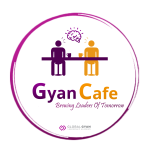

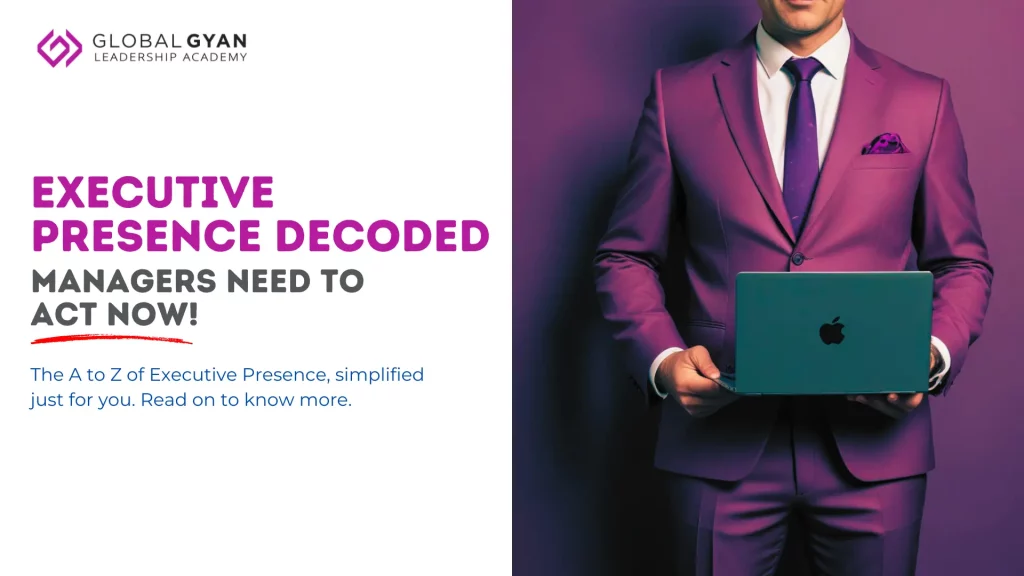

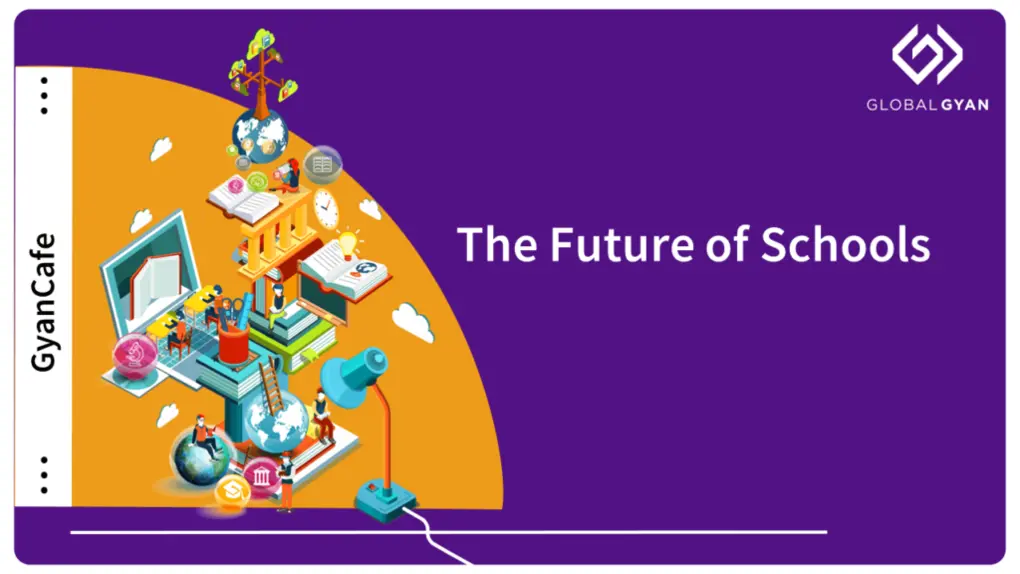
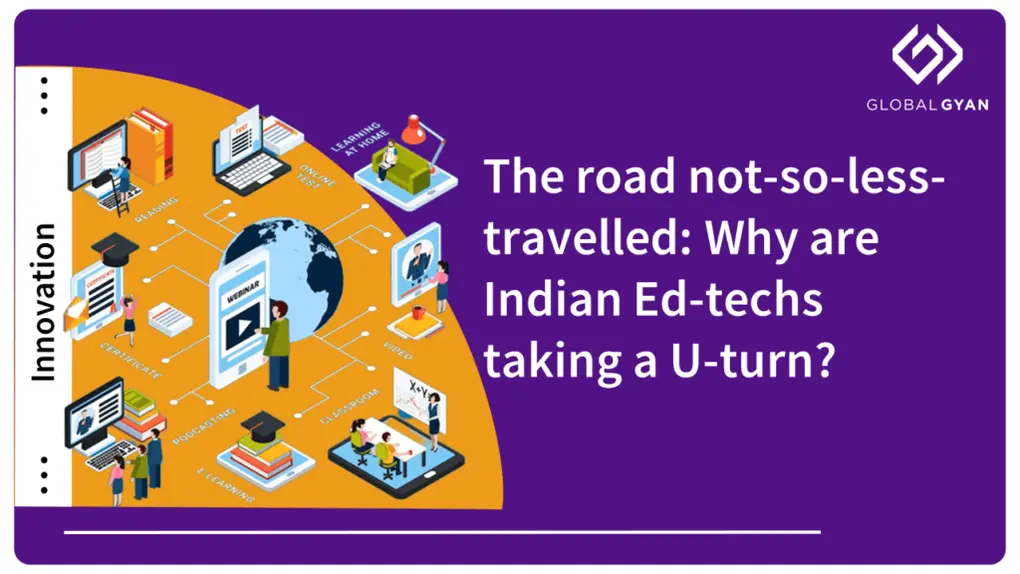
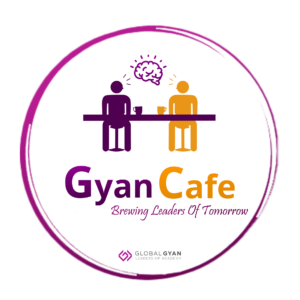
Responses